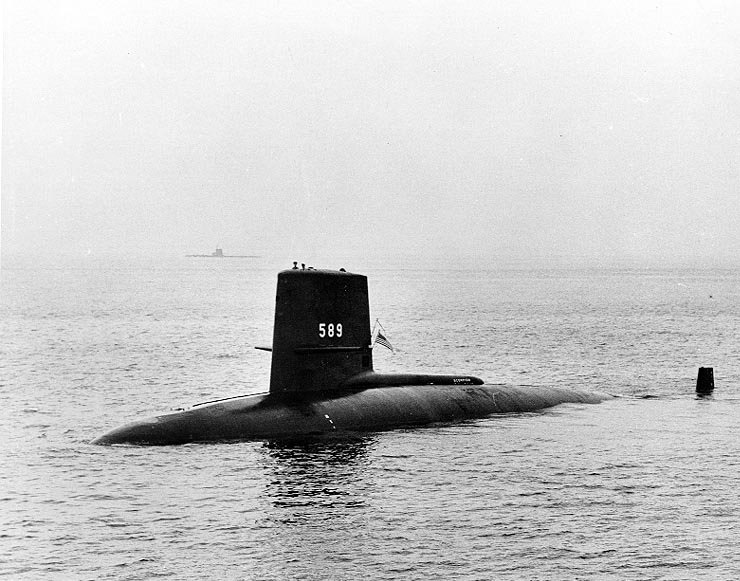Based in Saint-Petersburg, on the shores of the Baltic Sea, Raketa Watch Factory has been creating watches for sailors, submariners, and divers for more than half a century. Raketa presents today a new version of its model for divers – Amphibia.
While preserving both the spirit and identity of its predecessors, this iconic model is now in conformity with all the modern requirements for diving, both in terms of design and functionality:
- case made from stainless steel and capable of withstanding pressures at 200 metres depth.
- a screw-in crown securing the movement from any water entry.
- a unidirectional bezel with a 15-minute scale and luminescent indexes, producing clear clicking sound for error-free adjustment with no risk of accidental misalignment. The start marker is embossed as part of a functional design.
- a high-contrast dial with large indexes and hands, easy to read and enhancing dive control. The luminescent coating ensures a bright and long-lasting glow. At greater depths, where visibility is often low and light conditions vary, orange stands out more effectively than any other color because its wavelength is less absorbed by water.
- a brightly colored silicone strap crafted for comfort in aquatic environments: with its full-length perforations, you may adjust the size for a snug fit with your wetsuit and prevent water build-up beneath the strap. A second strap in black silicone is included, and swapping is easy with a quick-release system.
The heart of Raketa Amphibia is its automatic movement, manufactured from A to Z at the Raketa Watch Factory in St. Petersburg. The movement’s rotor is adorned with an image of a mermaid designed in the style of illustrations from Russian fairy tales. It reminds every diver of his secret dream — to encounter a beautiful mermaid under the sea.
Price
The cost is 2200 EUR / 3397 CAD (including VAT). For the comfort of customers, Raketa watches are delivered worldwide free of charge by DHL directly up to the front door.
Specifications:
| Manufacture: | Raketa Watch Factory (Saint-Petersburg) |
| Movement: | |
| Calibre: | 2615 |
| Functions: | Automatic |
| Number of jewels: | 24 |
| Testing positions: | 4 |
| Average rate (s/d): | -10+20 |
| Average running time (h): | 40 |
| Frequency/hour: | 18.000 / 2.5 Hz |
| Decoration: | Printing |
| Case: | |
| Material: | Stainless steel |
| Size: | 41.6 mm |
| Dial glass: | Sapphire |
| Back glass: | Sapphire |
| Water resistance: | 20 АТМ |
| Bezel: | Superluminova |
| Hands: | Superluminova |
| Dial: | Superluminova |
| Straps: | |
| Material: | Silicone |
| Strap width: | 22 mm |
| Sex: | Male |
FR
Raketa Amphibia –Une Raketa pour l’immersion totale
Située à Saint-Pétersbourg, aux bords de la mer Baltique, la manufacture horlogère Raketa a toujours créé des montres pour marins, sous-mariniers et plongeurs. Raketa présente aujourd’hui une version actualisée de sa légendaire Amphibia pour plongeurs.
Tout en conservant l’esprit et l’identité de ses prédécesseurs, le design et les caractéristiques de ce modèle répondent à toutes les exigences modernes d’une montre de plongée :
- son nouveau boîtier en acier inoxydable est capable de résister à des pressions jusqu’à 200 mètres de profondeur ;
- sa couronne filetée et vissée protège le mouvement de toute pénétration d’eau ;
- sa lunette unidirectionnelle avec des index luminescents et à l’échelle de 15 minutes, produit des clics audibles assurant un réglage sans erreur et sans risque de désalignement accidentel. Le repère de départ est en relief ce qui rend son utilisation encore plus pratique ;
- son cadran à contraste élevé avec des index et des aiguilles de grande taille, assure une lecture facile et permet d’améliorer le contrôle de la plongée. Le, revêtement luminescent assure une brillance intense et durable. À grande profondeur, où la visibilité est souvent faible et les conditions de luminosité variables, l’orange ressort mieux que toutes les autres couleurs car sa longueur d’onde est moins absorbée par l’eau ;
- son bracelet en silicone de couleur vive est conçu pour le confort en milieu aquatique : grâce à ses perforations sur l’ensemble de la longueur, on peut ajuster la taille pour qu’elle s’adapte parfaitement à la combinaison de plongée et éviter l’accumulation de l’eau sous le bracelet. Un autre bracelet en silicone noir est inclus, et le changement de bracelet est très facile grâce au système d’attache rapide.
Le cœur de la Raketa Amphibia est son mouvement automatique, fabriqué de A à Z à la manufacture horlogère Raketa à Saint-Pétersbourg. Son rotor est orné de l’image d’une sirène inspirée par les illustrations des contes folkloriques russes. Elle nous rappelle le rêve secret de tous les plongeurs : rencontrer une magnifique sirène sous la mer.
Coût
Le prix est de 2200 Euros (TVA comprise). Pour le confort de nos clients, les montres sont livrées gratuitement jusqu’à leur porte par DHL.
Spécifications
| Manufacture: | Manufacture horlogère Raketa (Saint-Pétersbourg) |
| Mouvement: | |
| Calibre: | 2615 |
| Fonctions: | Automatique |
| Nombre de rubis: | 24 |
| Positions de réglage: | 4 |
| Marche moyenne (s/j): | -10+20 |
| Réserve de marche moyenne (h): | 40 |
| Fréquence/heure: | 18.000 / 2.5 Hz |
| Décoration: | Impression |
| Boîtier: | |
| Matériau: | Saphir |
| Diamètre: | 41.6 mm |
| Glace de cadran: | Saphir |
| Glace arrière: | Saphir |
| Etanchéité: | 20 АТМ |
| Lunette unidirectionnelle | Superluminova |
| Aiguilles: | Superluminova |
| Cadran: | Superluminova |
| Bracelet: | |
| Matériau: | Silicone |
| Largeur: | 22 mm |
| Sexe: | Masculin |




